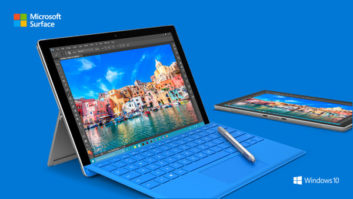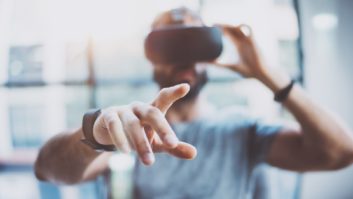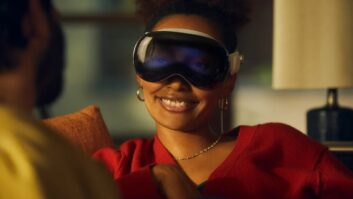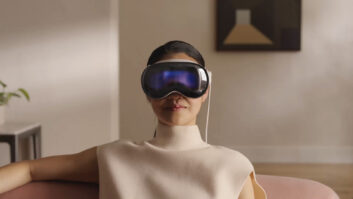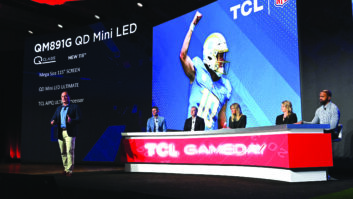EdTech offers boundless opportunities for retailers, distributors and educators
Educators are constantly looking for new ways to engage their students. Virtual reality is a new and increasingly popular way to help students ditch distractions and dive deeper into the subject they’re studying. As VR headsets have become more accessible, educators are realizing that they could have a huge impact on education.
Children are being born into the digital revolution, meaning that the digital scene is going much further than just entertainment. VR is staying relevant by becoming more of a commonality and diverse tool rather than just a novelty product for fun and games. Let’s look at some of the benefits of VR in the classroom:
Full immersion: By utilizing VR while learning, students can block out all outside stimuli (other students, cell phones, taking notes) and become fully immersed in a subject. When a student is tasked with making decisions throughout a game or simulation in order to accomplish an objective, it sticks with them longer than simply watching a video, hearing a lecture or reading a textbook. VR allows students to give 100 percent of their attention to the subject. Complete subject immersion allows students to engage and retain information at a high level.
Accessibility: Due to its low cost and high impact, VR is becoming more common in classrooms across the nation. An average textbook costs around $60, and usually focuses on a singular subject, but teachers can purchase VR headsets for around $100, and the content available to students is limitless. The affordability and versatility of the product make it extremely attractive to educators on a budget. As the demand for technology continues to grow in the education market, retailers and distributors poised to enter the EdTech channel will benefit greatly. Not only will classrooms be stocked with VR units, but students are likely to want their own units for at-home use as well.
Impactful experiences: Studies show that experiences outside of the classroom leave a huge impact on students. Think back to your early education. Odds are some of your most valuable learning experiences happened on a trip to an alternate learning space like the planetarium or a museum. VR can imitate real-word situations, allowing students to experience and explore new environments that were never before possible due to budget or time restraints. And students from rural and high-poverty schools benefit even more than other students, according to a study by the University of Arkansas. Apps such as Nearpod make visiting the Taj Mahal or the Washington Monument possible, all from your classroom.
VR can also be used to bring students together from across the globe or even across town for those studying remotely. It can also allow students who can’t be in a classroom due to infirmity to never miss a beat.
What we’re seeing now is only the beginning of what virtual reality can do in an educational environment, and the next several years will present new potential to change the landscape of education.
Dave Hodgson is North America sales and distribution director for Zeiss Multimedia Devices, a group within the consumer products division of Zeiss, makers of camera lens, binoculars and scopes. Multimedia devices include the Zeiss VR One headset and future wearable devices with specialized lenses.





